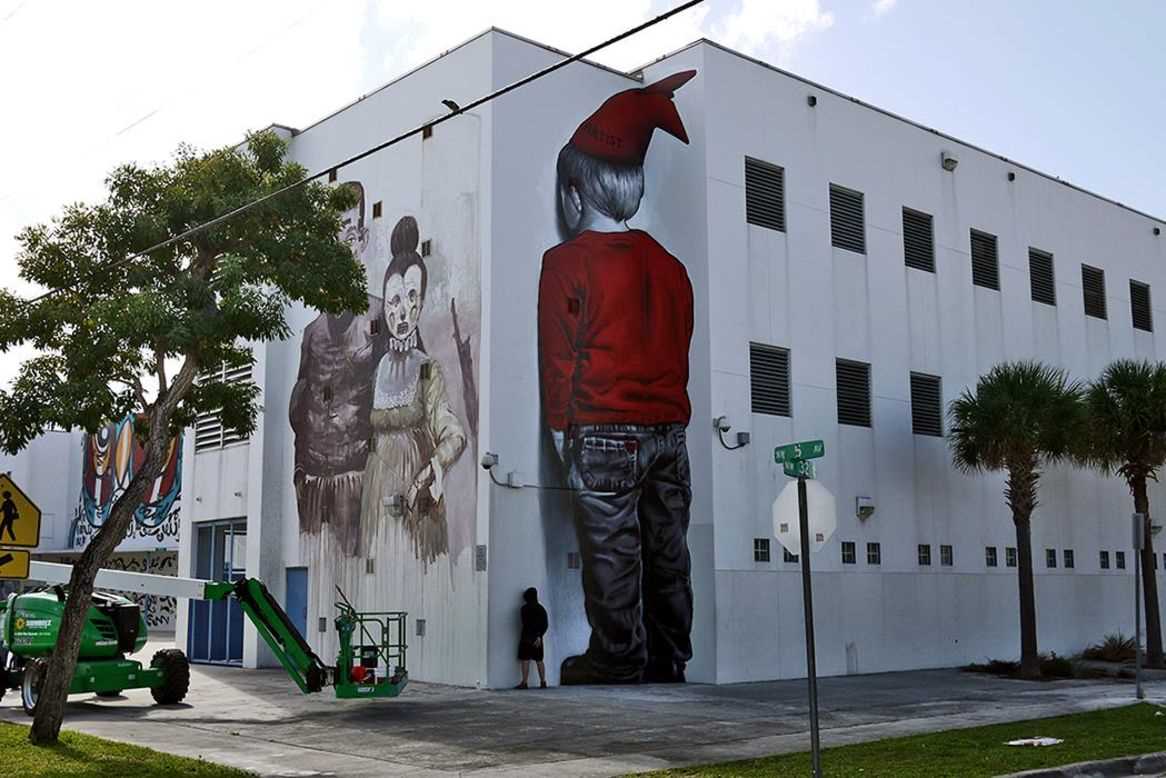
Optical illusions have been capturing our attention for centuries, but in recent years, they have taken on a whole new life on the streets. Optical illusion street art is an incredible fusion of art and perception, leaving viewers in awe and questioning what is real.
These mind-bending artworks challenge our senses and challenge the laws of physics. Artists use a variety of techniques, such as three-dimensional painting, to create the illusion that their art is popping out of the wall or sinking into the ground. The result is a captivating experience that blurs the line between reality and illusion.
One of the most fascinating aspects of optical illusion street art is its ability to transform the urban landscape. What was once an ordinary building or sidewalk becomes a canvas for artists to create their masterpieces. These works of art bring a sense of wonder and surprise to the streets, turning a mundane walk into an adventure for the eyes.
Not only is optical illusion street art visually stunning, but it also sparks our imagination. These artworks challenge us to look beyond what we see at first glance and perceive the world in a new way. They remind us that things are not always as they seem and that there is beauty in the unexpected.
Next time you find yourself wandering the streets, keep an eye out for optical illusion street art. You never know what mind-bending surprises await you around the corner.
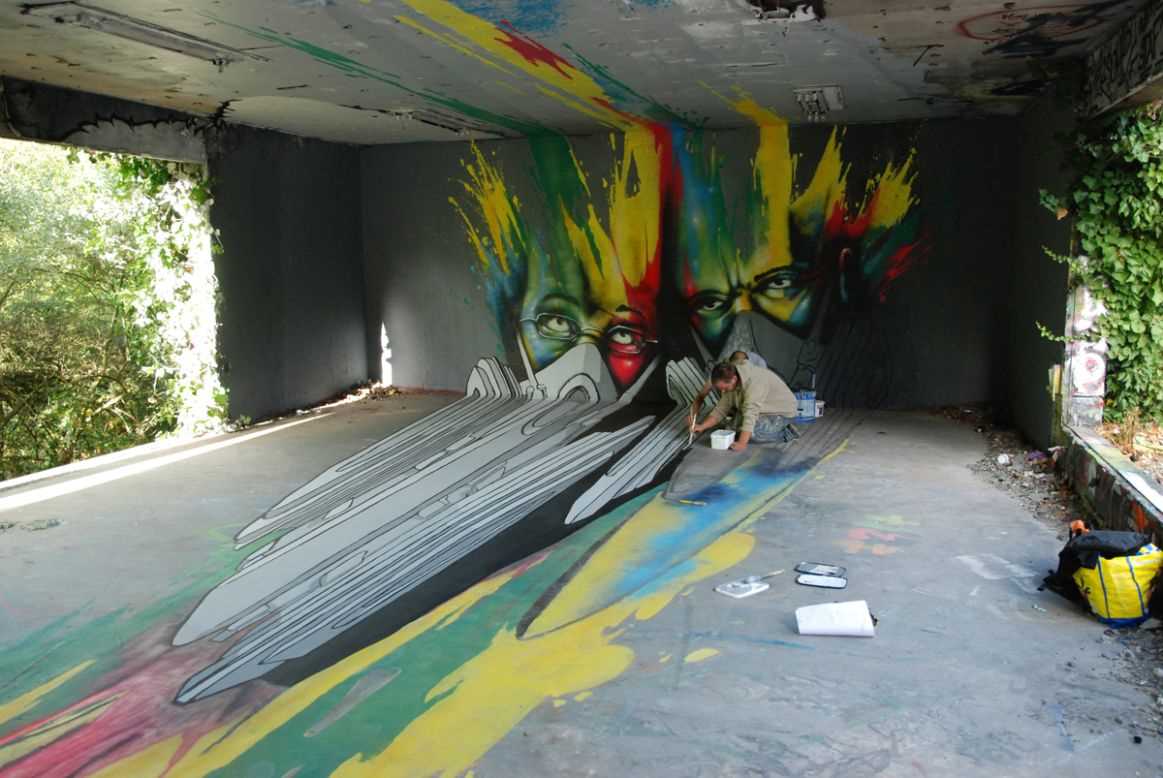
Optical illusions have captivated and intrigued humans for centuries. With a rich history dating back to ancient civilizations, these mind-bending artworks continue to amaze and challenge our perception of reality. Combining techniques from both art and science, optical illusions are created to deceive the viewer’s eyes and brain, leading to a wide range of fascinating effects.
The Origins of Optical Illusions
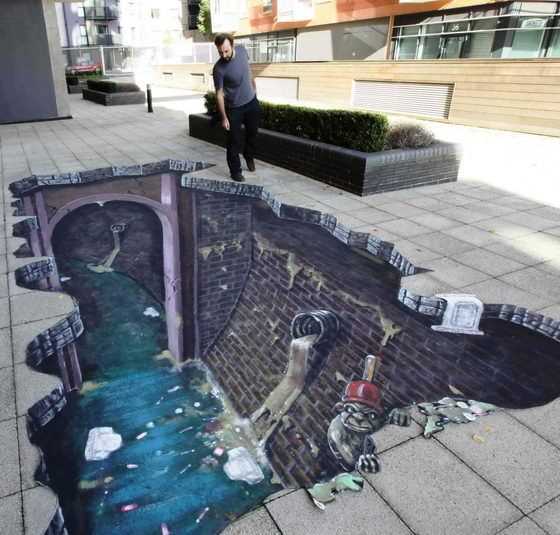
The use of optical illusions in art can be traced back to the ancient Greeks, who employed various visual tricks in their paintings and sculptures. Fast forward to the Renaissance era, and artists like Leonardo da Vinci and Hans Holbein the Younger began experimenting with perspective, leading to the development of anamorphic art. This technique involves distorting an image so that it can only be properly viewed from a specific angle or with the help of a reflective cylinder. Anamorphic art continues to be popular today, especially in the form of street art.
The Illusionary Techniques and Styles
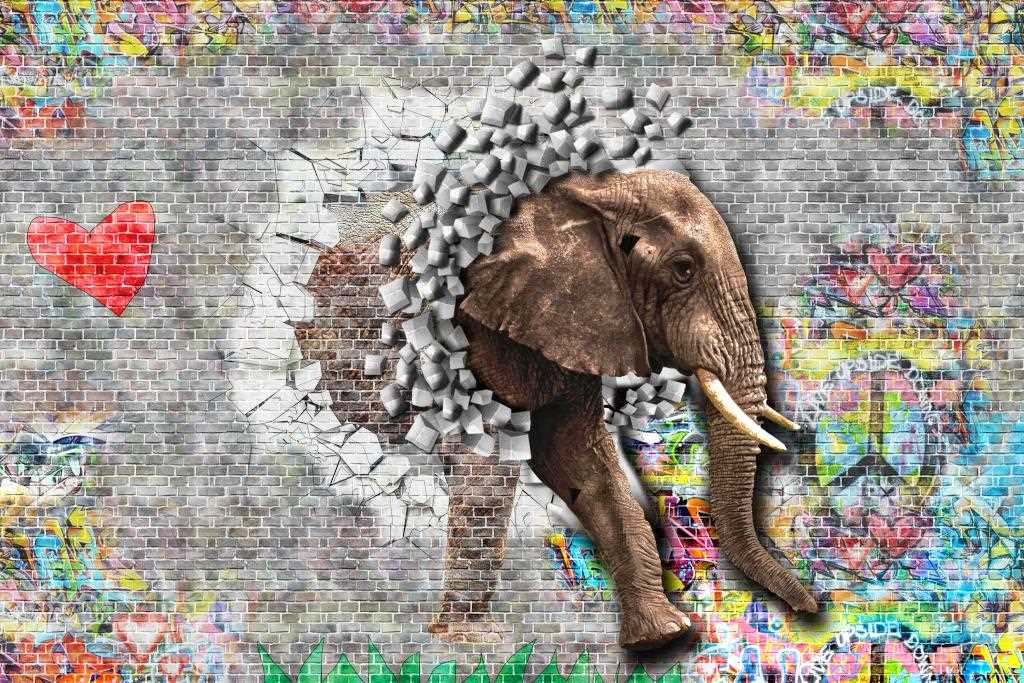
Artists employ various techniques and styles to create optical illusions. Op art, short for optical art, emerged in the 1960s and focuses on the interaction between color, shape, and perception. This style often features repetitive patterns and vivid colors that create a sense of movement or depth. Another popular technique is trompe-l’oeil, which means “trick the eye” in French. This method involves creating realistic images that appear three-dimensional, even though they are painted on a flat surface.
Artists may also utilize shading, perspective, and other techniques to manipulate the viewer’s perception and create illusions of space, movement, or even levitation. By understanding the psychology of visual perception, these artists are able to play with our expectations and challenge our understanding of reality.
Whether they are showcased in museums, on the streets, or in digital art galleries, optical illusions continue to captivate audiences worldwide. They not only showcase the incredible skill and creativity of the artists but also remind us of the power of perception and the limitations of our senses. So next time you come across an optical illusion, take a moment to appreciate the artistry and consider the fascinating ways in which our brains interpret the world around us.
History of Optical Illusion Art
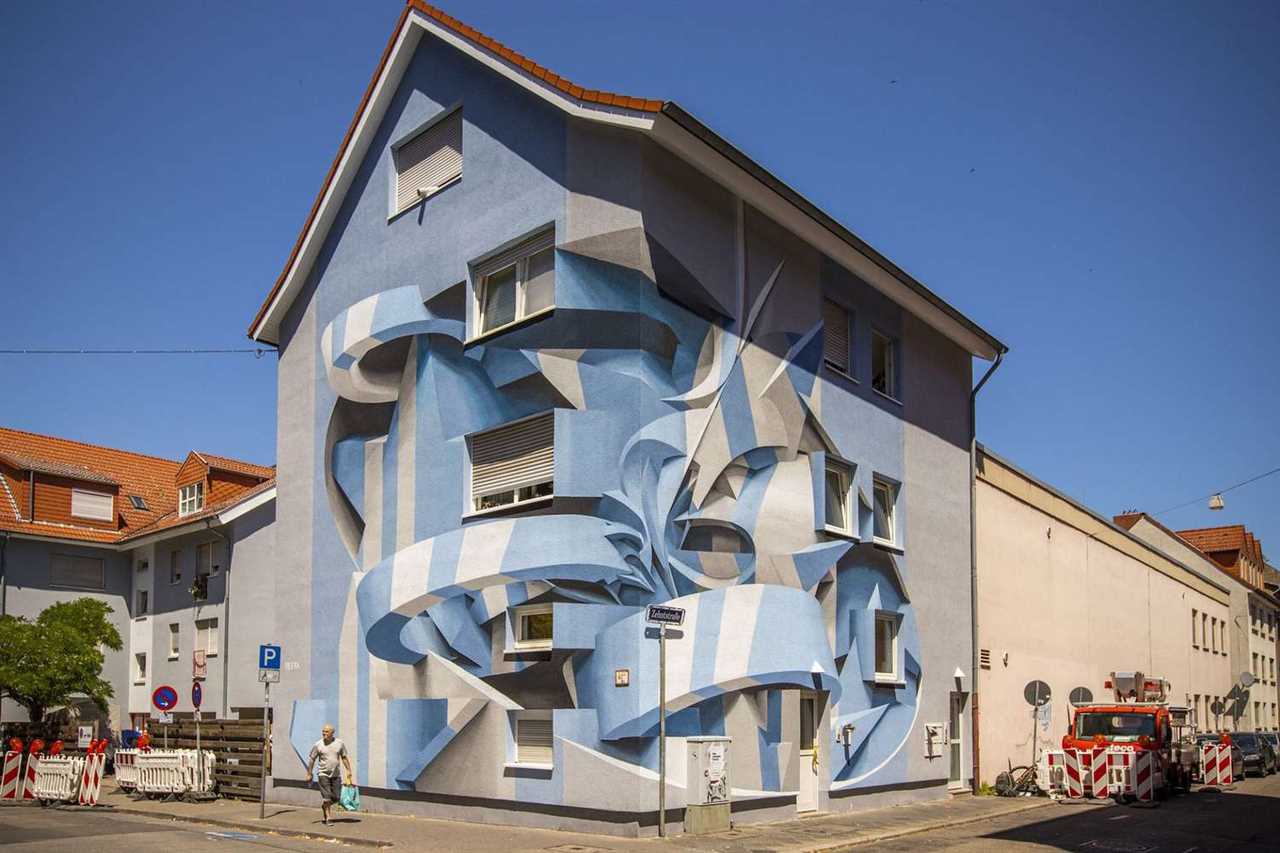
The history of optical illusion art can be traced back to ancient times, where artists experimented with different techniques to create visual trickery. One of the earliest recorded uses of optical illusions can be found in ancient Greek and Roman art. Artists of this time often used techniques such as foreshortening and anamorphosis to create the illusion of depth and movement in their paintings.
During the Renaissance period, the use of optical illusions in art became more prevalent. Artists like Leonardo da Vinci and Raphael explored perspective and geometry to create realistic and visually stunning works of art. The development of linear perspective, where parallel lines appear to converge at a vanishing point, allowed artists to create the illusion of three-dimensional space on a two-dimensional canvas.
Op Art Movement
In the 20th century, optical illusions in art experienced a resurgence with the emergence of the Op Art movement. Op Art, short for “optical art,” was characterized by the use of geometric shapes and patterns that created visual illusions of movement and depth. Artists like Bridget Riley and Victor Vasarely became known for their mesmerizing paintings that seemed to vibrate and pulsate.
The Op Art movement influenced many other art forms, including street art. Artists began using optical illusions in their murals and installations to engage and challenge viewers. These large-scale, interactive artworks became popular in urban areas, where they could transform drab city streets into vibrant and dynamic spaces.
Modern Optical Illusion Street Art
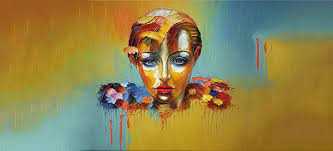
Today, optical illusion street art continues to captivate and intrigue audiences around the world. Artists are pushing the boundaries of perception by using new technologies and innovative techniques to create mind-bending illusions. From anamorphic paintings that come to life when viewed from a certain angle to immersive installations that play with light and shadow, optical illusion street art remains a fascinating blend of art and perception.
As urban environments continue to evolve, so too will the art that adorns their walls. Optical illusion street art is a testament to the power of imagination and creativity, reminding us that the ordinary can become extraordinary with just a touch of illusion.
Techniques Used in Optical Illusion Street Art
Optical Illusion Street Art is a unique form of artwork that plays with perception and challenges reality. It uses various techniques to create mind-bending illusions that captivate and amaze viewers. Here are some common techniques used in optical illusion street art:
Forced Perspective

Forced perspective is a technique where objects are manipulated and arranged in such a way that they appear larger or smaller than they actually are. By manipulating the size and positioning of objects, artists can create illusions of depth and distance. This technique is often used to create three-dimensional effects in murals, making objects appear to come to life.
Anamorphic Art
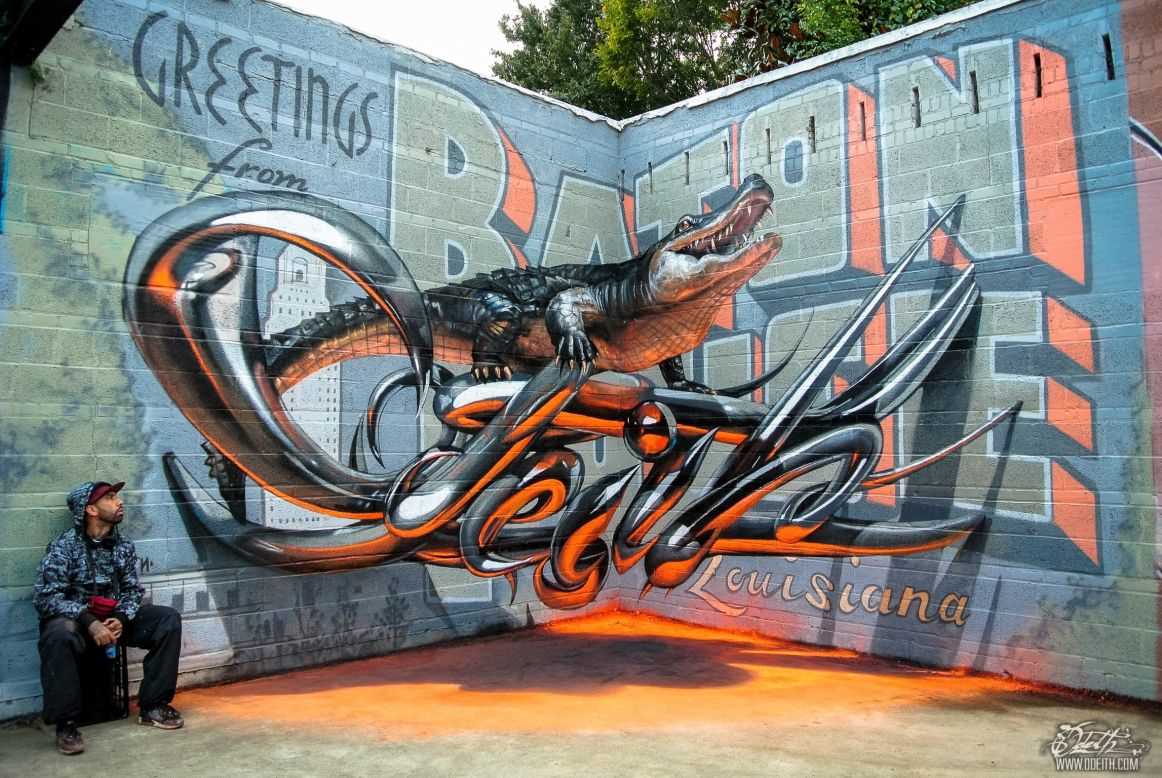
Anamorphic art is a technique that involves distorting an image so that it appears normal when viewed from a certain angle or with the use of a reflective surface. Artists often create anamorphic art on the ground or walls, and viewers need to stand in a specific location to see the intended image. This technique adds an element of surprise and mystery to the artwork, as the true image is revealed only from a specific vantage point.
Additionally, artists may use a variety of other techniques such as trompe-l’oeil (optical illusion), stenciling, and clever use of shadows and shading to enhance the overall effect of their artwork.
- Trompe-l’oeil: This technique creates a realistic illusion of three-dimensionality, making objects appear to pop out of the artwork.
- Stenciling: Artists can use stencils to create crisp and clean lines, allowing for precise and intricate details in their optical illusions.
- Shadows and shading: Strategic use of light and shadows can enhance the three-dimensional effect of optical illusions, adding depth and realism to the artwork.
Combined, these techniques allow optical illusion street artists to create captivating and interactive experiences for viewers. They push the boundaries of perception and challenge our understanding of reality, transforming ordinary spaces into extraordinary works of art.
Famous Optical Illusion Street Artists
Optical illusion street art has become an increasingly popular form of artistic expression in recent years. This unique art form combines creativity, skill, and a deep understanding of perception to create mind-bending visuals on the streets. Some artists have gained widespread recognition for their incredible talent and ability to create optical illusions that leave viewers in awe.
- Felice Varini: Varini is a Swiss artist known for his geometric optical illusions. He creates large-scale paintings that appear distorted when viewed from a specific angle but come together as a cohesive image from a different perspective.
- Julian Beever: Beever is a British artist famous for his pavement drawings. Using chalk as his medium, he creates 3D illusions that look incredibly realistic when viewed from a certain angle. His drawings often incorporate everyday objects and people, giving them an interactive quality.
- Edgar Müller: Müller, a German artist, is renowned for his breathtaking 3D street art. His works create the illusion of depth and come alive when viewed from the right angle. Müller often incorporates elements of nature and fantasy into his designs, making them truly captivating.
- Ernest Zacharevic: Zacharevic is a Lithuanian artist known for his interactive murals. His works often feature painted figures combined with real objects, encouraging viewers to interact with the art. He has gained international acclaim for his ability to seamlessly merge the physical and painted worlds.
- Kurt Wenner: Wenner, an American artist, is widely recognized as one of the original pioneers of 3D street art. He combines his background in classical art techniques with his passion for perspective to create breathtaking illusions on the streets. His art often tells stories and invites viewers to step into another world.
These famous optical illusion street artists have pushed the boundaries of traditional art and redefined what is possible with paint and perspective. Through their incredible talent and creativity, they have brought magic and wonder to the streets, captivating viewers and leaving a lasting impression.
Impact and Reception of Optical Illusion Street Art
One of the key impacts of optical illusion street art is its ability to transform public spaces. By using optical illusions, artists can turn ordinary walls, sidewalks, and buildings into stunning and dynamic works of art. This not only beautifies the environment but also creates a sense of wonder and surprise for those who come across it.
Furthermore, optical illusion street art has proven to be a powerful tool for urban revitalization. By transforming neglected and rundown areas into vibrant and engaging spaces, this art form can help to renew a sense of pride and community in a neighborhood. It has the potential to attract tourists and visitors, boosting local economies and providing opportunities for local artists.
The reception of optical illusion street art has been overwhelmingly positive. People are drawn to the optical illusions and are intrigued by the skill and creativity behind them. The art form has the ability to bring people together, sparking conversations and interactions among viewers. It has the power to break down social barriers and create a sense of unity and shared experience.
Furthermore, optical illusion street art has gained attention and recognition in the mainstream art world. It has been showcased in galleries and museums, solidifying its status as a legitimate and respected art form. The increasing popularity of this art form has led to the rise of talented street artists who specialize in optical illusions, pushing the boundaries of what is possible.
Exploring Different Types of Optical Illusions
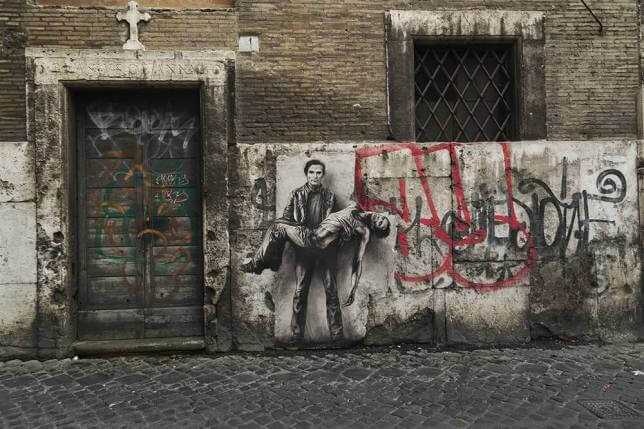
There are different types of optical illusions that artists and designers have been exploring and incorporating into their artwork. Some of these include:
| 1. Geometric Illusions | These illusions involve the use of geometric shapes and patterns to create the illusion of movement, distortion, or hidden images. Examples of geometric illusions include the famous “impossible triangle” and the “rotating snakes” illusion. |
|---|---|
| 2. Ambiguous Illusions | Ambiguous illusions are images that can be interpreted in multiple ways. They play with our perception by presenting conflicting visual cues. An example of an ambiguous illusion is the famous “duck-rabbit” illusion, where the same image can be seen as either a duck or a rabbit, depending on the viewer’s perception. |
| 3. Motion Illusions | Motion illusions give the illusion of movement where there is none. These illusions can be created through the use of repeating patterns, alternating colors, or by manipulating the surrounding elements. The “rotating snakes” illusion mentioned earlier is an example of a motion illusion. |
| 4. Depth Illusions | Depth illusions create the perception of three-dimensional space on a two-dimensional surface. Techniques such as shading, perspective, and overlapping objects are used to trick the eye into perceiving depth. An example of a depth illusion is the famous “Necker cube,” where the cube can be seen as either rotating towards or away from the viewer. |
Conclusion
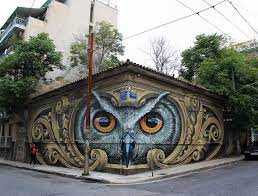
Optical illusions are a fascinating subject that artists and designers have experimented with for centuries. By understanding the different types of optical illusions and how they work, we can appreciate the skill and creativity behind optical illusion street art and other forms of artwork that play with our perception.
Appreciating Optical Illusion Street Art: Tips and Tricks
Optical illusion street art is a unique form of artistic expression that combines creativity and perception. Whether you’re a casual observer or an avid art enthusiast, appreciating these mind-bending artworks can be an exhilarating experience. Here are some tips and tricks to enhance your understanding and enjoyment of optical illusion street art.
1. Take a closer look
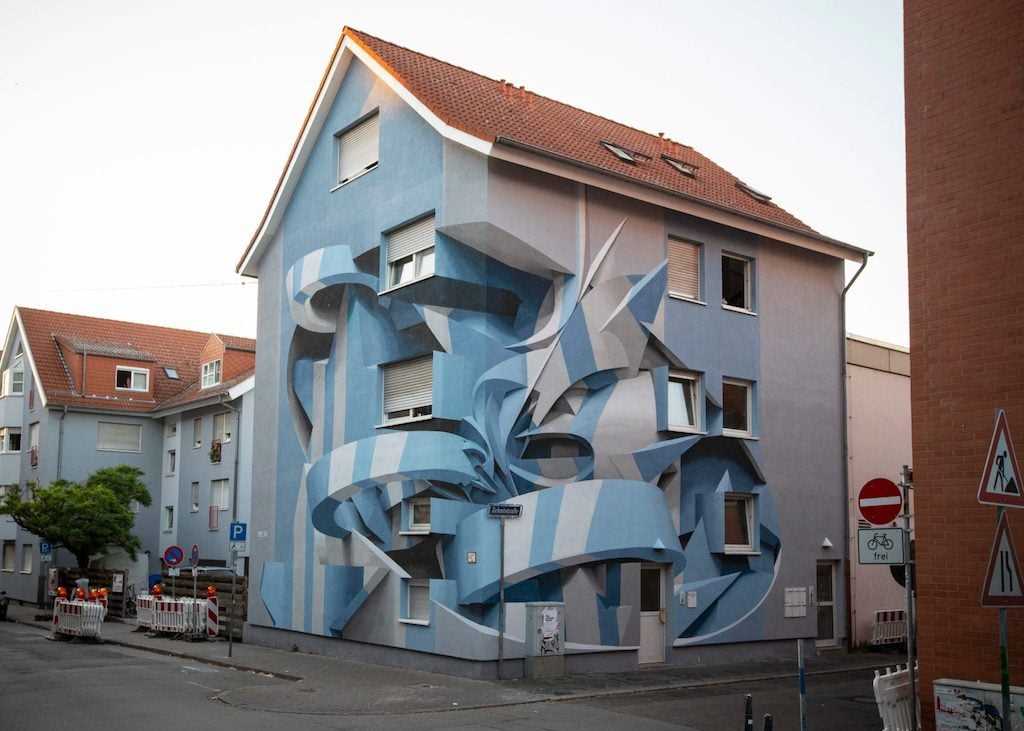
When encountering optical illusion street art, it’s crucial to examine it closely. These artworks often contain hidden details and intricate designs that can only be fully appreciated up close. Move around and explore different angles to fully immerse yourself in the artwork.
2. Understand the technique
Optical illusions are created through various techniques such as anamorphosis, perspective distortion, and trompe-l’oeil. Take the time to understand how the artist has used these techniques to create the illusion. This knowledge will deepen your appreciation for the skill and creativity behind the artwork.
| Tips | Tricks |
|---|---|
| Pay attention to the artist’s intent | Notice how the illusion interacts with the surroundings |
| Engage with the artwork | Take photos or videos to capture the illusion |
| Research the artist | Learn about their inspiration and other artworks |
| Visit different locations | Explore different optical illusion street art installations |
By following these tips and tricks, you’ll be able to appreciate optical illusion street art on a deeper level. You’ll gain a better understanding of the artistic techniques used and develop a greater appreciation for these captivating works. So, take your time, explore, and let yourself be amazed by the world of optical illusion street art.

I am a mural enthusiast and a fervent admirer of street art. Rather than creating murals myself, I am passionate about collecting them. My love for street art knows no bounds. I am dedicated to curating and cherishing these artworks that grace the streets. My collection stands as a testament to my profound appreciation for this form of artistic expression.
read about me



